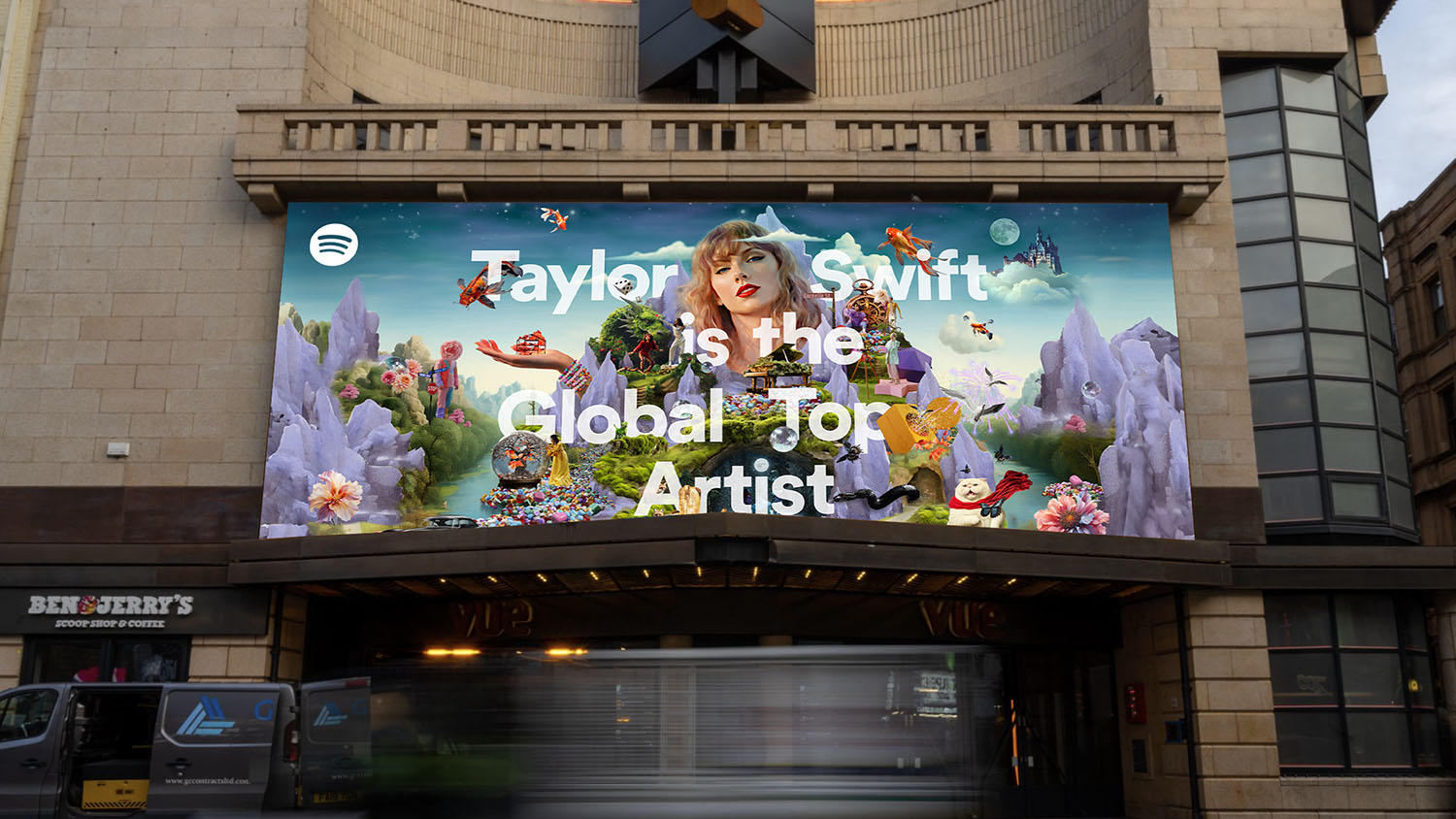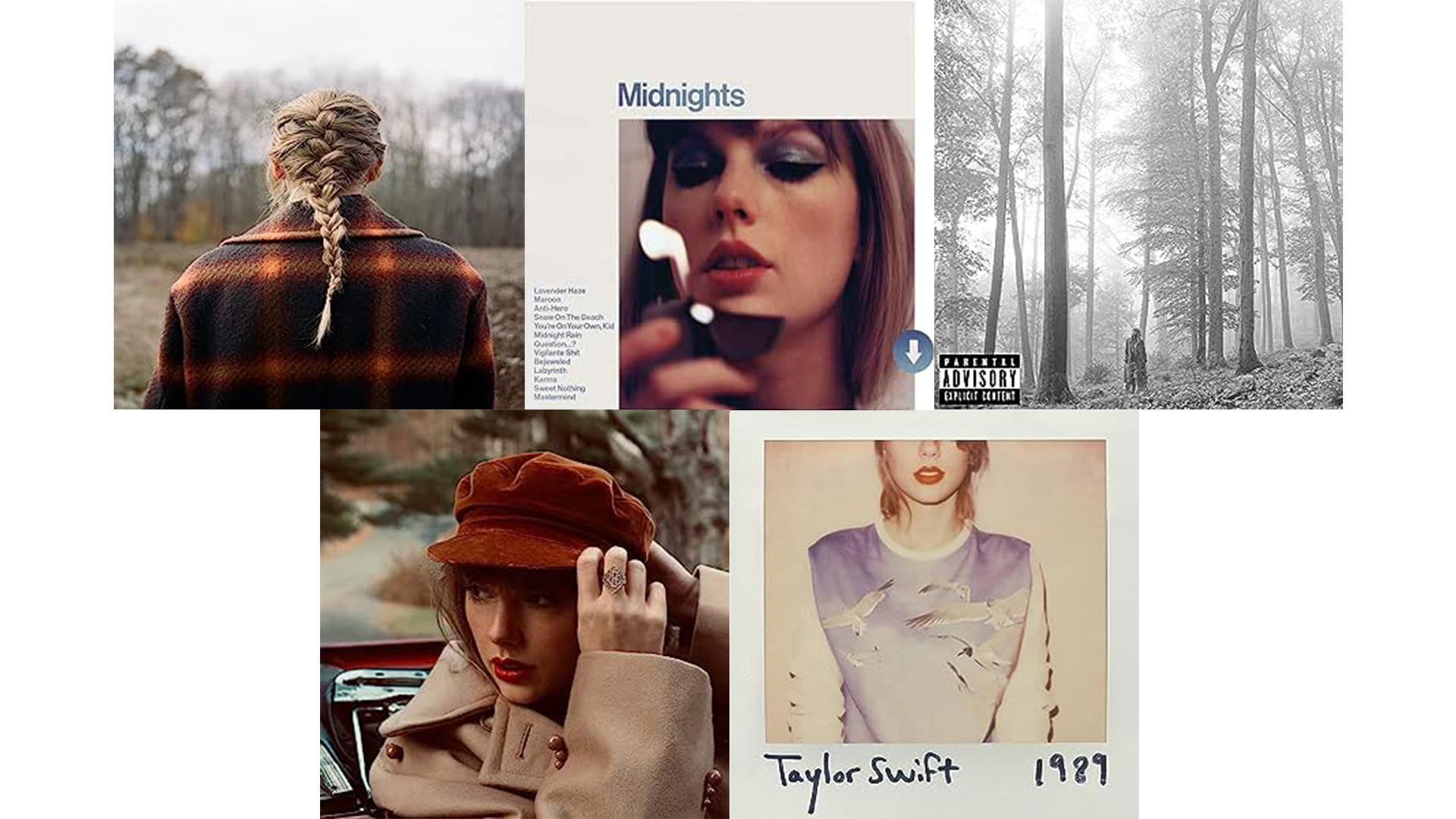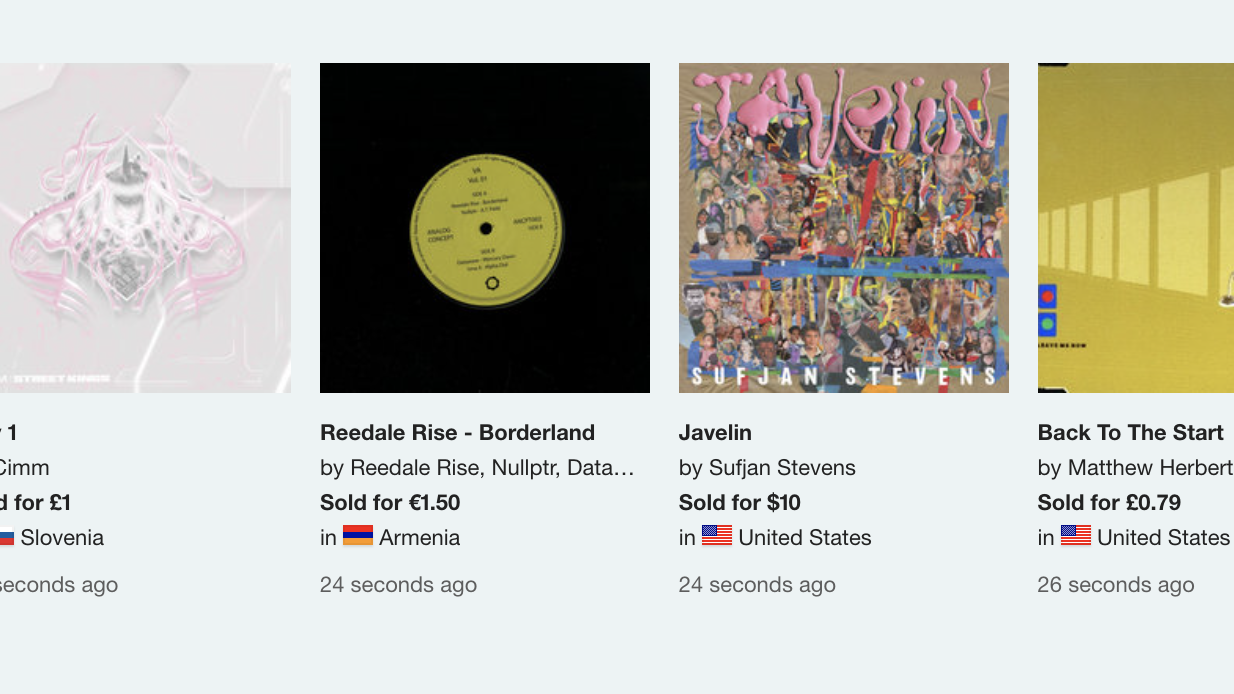
One of my earliest memories of buying music was a trip to my local HMV during school lunch break to purchase multiple copies of (What's the Story) Morning Glory? by Oasis. It was 1995 and my friends and I were teenagers in the grip of the Britpop era, so everyone wanted a copy. I carried a not-inconsiderable amount of cash into the shop, which I eagerly exchanged for a pile of CDs, each of which likely cost around £12.
Fast forward almost 30 years – yikes – and that’s exactly what you’ll pay for a month of Spotify Premium, giving you access to all the music ever made, give or take, as well as that seminal second album from Liam and Noel. Spotify recently announced its US subscription prices would be rising again, the Premium tier going up to $11.99, the second rise in 12 months. In the UK, you will pay £11.99 if you sign up today.
Sure, some tracks and albums haven’t made it to streaming services but you get the idea - there are millions of songs at your instant disposal for that relatively small fee each month. Not bad, right? A far cry from the CD age.
Add some context to the price and I think it gets even better value. Spotify cost £9.99 when it was launched 15 years ago, back in 2009. Take into account inflation and, as Warner Music CEO Robert Kyncl suggested last year, the price of Spotify should have risen to $13.25 per month by now (or more like $13.68, now that we're halfway through 2024). And that's just based on inflation, not to mention the improvements in what's on offer, extra features, podcasts and more.
I get it. Nobody likes price rises, myself included, especially for something that's had the same price for so long. And we’re living through a time of rising costs for, well, just about everything. But for music lovers, privileged enough to have some disposable income each month, streaming subscriptions still seem like good value. Not least if you're a "power user", like me, and clock up many hours of listening to new and old music every month.
And it’s certainly proving to be a great deal for streaming companies and the biggest record labels, too. Spotify reported record profits of over €1bn earlier this year and now has 615 million subscribers, while Sony Music, Universal and Warner Music (‘the big three’) have all recently reported increased revenues, and between them they brought in more than $15 billion last year, with streaming services providing a healthy chunk of that. So those at the top of the tree are doing very nicely, thank you very much.
So am I desperate to put more money into Spotify's coffers? And in turn those huge music publishing companies? No, fear not, that’s not my motivation here.
My point is that there’s still one rather important part of the music industry that isn't doing so well out of the streaming deal – the artists and musicians creating the music. Sure, Taylor Swift, Ed Sheeran and Drake are making a fortune, but for small and even medium-sized artists, the streaming numbers don’t stack up so nicely. And there are a number of reasons why.

Crucially, there's the way Spotify (and Apple Music, and most other major platforms) pays out the streaming money. They use a ‘streamshare’ model, which sees all the money raised in a given month going into one single pot, minus around 30% that is kept by the streaming company. This money is then divided by the total number of streams, which in turn decides each artist's payment.
So, if Oasis have had 2 per cent of all streams in a month, they get 2 per cent of all the money. This means that even if you didn’t listen to any Oasis tracks, 2% of your cash would still be winging its way over to the Gallagher brothers (or rather, their record label – more on that shortly). This starts to explain why the people at the top of the food chain are doing disproportionately well. This imbalance tends only to be made worse by the way playlists and the algorithm favour the most popular artists.
Many people in the music industry have called for this payment method to change and for some or even all of your subscription money to go directly to the artists you have listened to that month. This would be closer to equitable remuneration – the payment system when tracks are played on UK radio – which sees a direct payment to the artist whenever a track is played. Even Univeral Music Group has recognised the existing streaming payment model is a problem, and announced a new “artist-centric” payment model with Deezer last year to try and “more fairly reward” artists.
As alluded to above, there’s also the issue of where the money that is paid out actually goes. Most musicians will be on a record label and the particular details of their deal will determine what percentage of the money they will see. Spoiler: it's normally pretty low, certainly compared to the similar figure for selling physical media. This is why you’ll have read so much about big-name artists doing their best to get out of old, unfair deals and strike a better balance for themselves. Naturally, not every artist has the sort of clout to do that.
So what I really mean when I say I would be happy to spend more on Spotify, and on streaming music in general, is that I want to pay more to the artists I listen to for all the music I stream each month. Is the value of my musical enjoyment from streaming in a given month higher than £12? Yes, absolutely.
But at the moment, the existing streaming model doesn’t quite offer that. So what other options are there? Of course you can (hopefully) still walk into your local record shop, but what about those of us who do also love the convenience of streaming?
Ideally, the streaming model would change. The plans from Universal and Deezer sound promising, while the long-awaited Spotify Hi-Fi tier (which might finally be about to launch) could see people like me offered the chance to pay a premium for a better service, which would hopefully mean more of that money for artists. Lenbrook, the new owners of MQA, are also teasing a new streaming service for “discerning music fans” – I hope they also realise true music fans should be happy to pay more for their music.

Ultimately, it comes down to a change in our relationship with music. If you love music and it’s a big part of your daily life, it would be great to recognise this by paying a more reasonable amount to the artists that create it. But how?
Away from the established streaming model, there are alternative digital offerings. Supercollector is one platform trying to change things, with the pitch that you pay $10 for a track (don't fall off your chair) as an almost symbolic indication of your commitment to the artist. And this commitment is there for all to see, with your music collection stored and displayed online, and securely registered on the blockchain for good measure. Crucially, Supercollector promises 90% of your money goes directly to the artist. It's certainly a novel take on the problem.
There’s also Bandcamp. The service beloved by indie labels and artists often allows for entirely free streaming of tracks, usually limited to a number of plays, with a view to users then upgrading and buying the digital (or physical) copies of the music, directly from the labels or even the artist. And it works. Bandcamp takes a 15% cut from digital music, and 10% from merchandise and physical goods, which is a better revenue split for artists than streaming companies.
As Bandcamp puts it, "When a fan buys something on Bandcamp, an average of 82% of the money goes to the artist or their label. Fans have paid artists and their labels $1.33 billion using Bandcamp. In the past year alone, they’ve spent $195 million on 14.1 million digital albums, 10.9 million tracks, 1.7 million vinyl records, 800,000 CDs, 300,000 cassettes, and 50,000 t-shirts." Some impressive numbers.
Bandcamp also does great work promoting and working with smaller artists through editorial coverage, with the app and website doing a far better job of feeling like an online record shop than the average digital music platform.
Millions of us have converted to using streaming music services in the last decade or so and, ultimately, they’re a wonderful thing. For fans, it’s never been easier to access more music than you could ever listen to, while for artists young and old, they offer a seamless way to reach your fans (though the increasing difficulty in finding music from smaller artists on big streaming platforms is a debate for another day). But it’s been clear for some time that the numbers don’t quite stack up as well as they should to have a healthy music ecosystem that will continue to give us all amazing music for years to come.
But maybe finally, there are slow but steady steps in the right direction. From these slightly higher and more realistic subscription prices to a fairer distribution of revenues from streaming companies and labels to artists, and new, alternative options such as Bandcamp that work directly with the independent music industry.
So yes, I do want to pay more – just perhaps not quite in the way Spotify suggests right now. But while I wait for more substantial changes to the streaming model, I will find other ways to put my money where my mouth is – like buying some more vinyl on Bandcamp...







